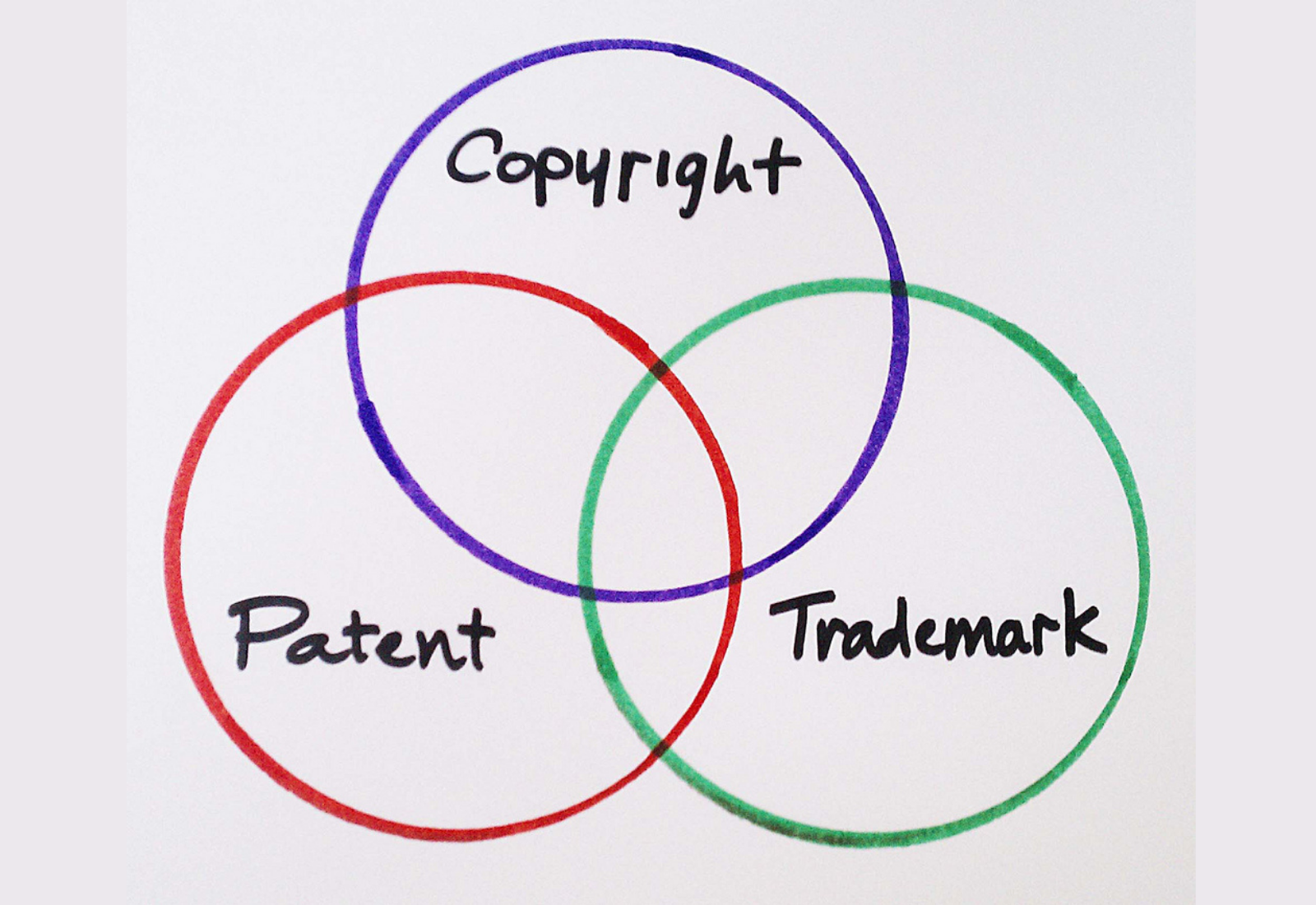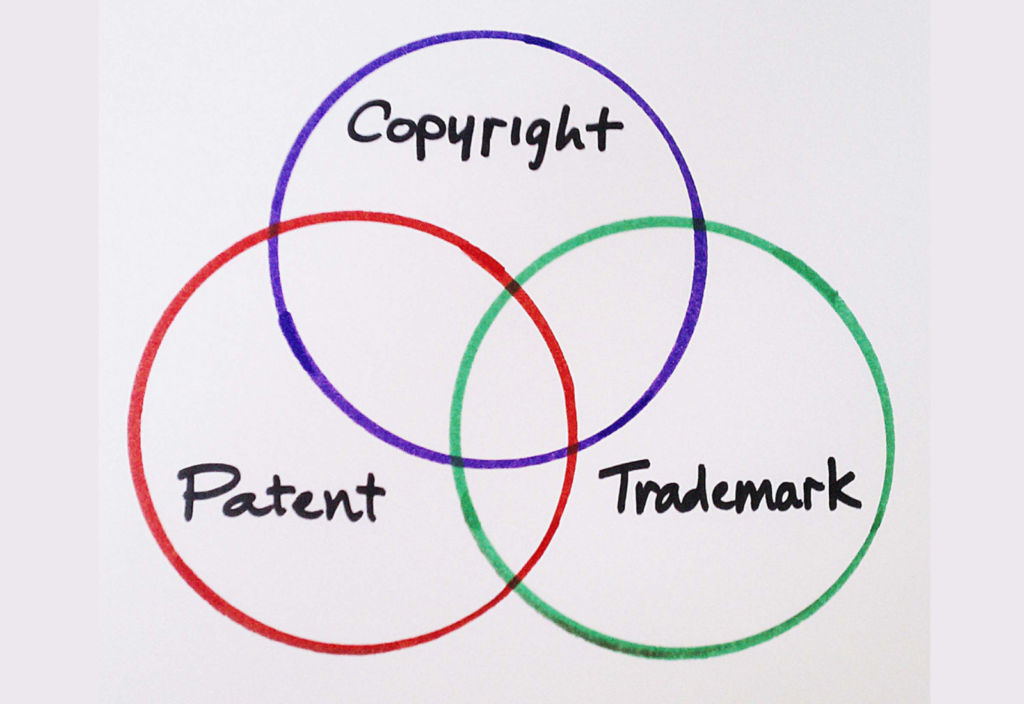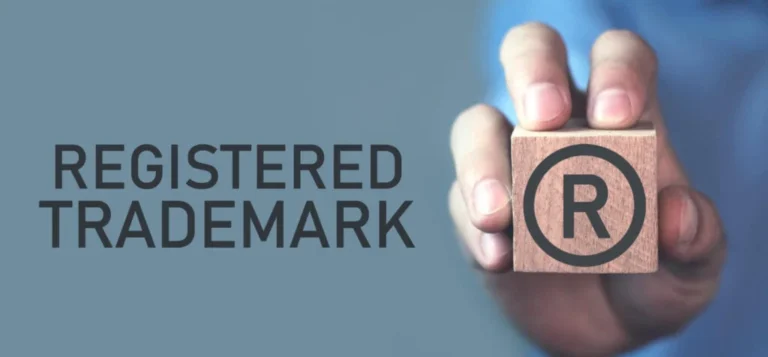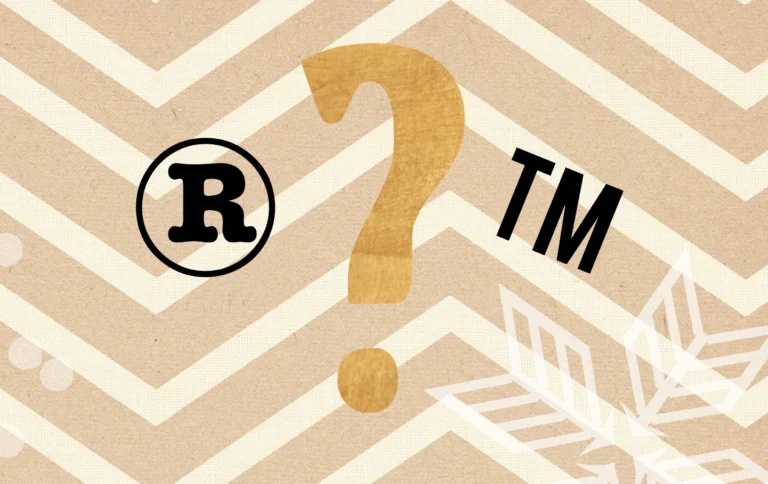In today’s competitive business landscape, protecting your brand is more crucial than ever. But when it comes to intellectual property (IP), many entrepreneurs, content creators, and business owners get confused between trademark, copyright, and patent. Each of these serves a unique purpose — and knowing the difference can save you time, money, and legal headaches.
In this blog post, we’ll break down:
- What is a trademark
- How it differs from copyright and patents
- Real-world examples
- Why a U.S. trademark might be the best move for your brand
What is a Trademark?
A trademark is a word, name, symbol, logo, slogan, or design that distinguishes the goods or services of one company from another. Think of it as your brand identity in the marketplace.
Examples of Trademarks:
- The Nike “swoosh” logo
- The name “Coca-Cola”
- McDonald’s “I’m Lovin’ It” slogan
Purpose of a Trademark:
To protect your brand’s reputation and prevent competitors from using similar marks that could confuse customers.
What is a Copyright?
A copyright protects original works of authorship, such as:
- Books
- Music
- Artwork
- Software code
- Videos
- Blog posts (like this one!)
Purpose of a Copyright:
To give the creator exclusive rights to reproduce, distribute, and publicly display their work.
Examples of Copyrighted Material:
- A novel by Stephen King
- A music album by Taylor Swift
- A website’s original written content or images
What is a Patent?
A patent is a legal right granted to inventors for new and useful inventions. It gives the inventor the right to exclude others from making, using, or selling their invention for a specific period (usually 20 years).
Types of Patents:
- Utility patents (for inventions)
- Design patents (for product designs)
- Plant patents (for new plant species)
Examples of Patented Inventions:
- Apple’s iPhone design and software elements
- Dyson’s vacuum technology
- Pharmaceuticals like insulin delivery pens
Why Register a Trademark in the USA?
Registering a trademark with the USPTO (United States Patent and Trademark Office) gives you:
- Nationwide legal protection
- The ability to sue infringers
- Access to Amazon Brand Registry
- Increased brand credibility
- Protection from brand hijacking
Even if you operate internationally, a U.S. trademark can boost your presence in one of the world’s biggest consumer markets.
Final Thoughts
Understanding the difference between trademark, copyright, and patent is essential for safeguarding your intellectual property. If your business has a unique brand name, logo, or slogan, registering a trademark in the USA is one of the smartest moves you can make.
Need help registering your trademark?
At IPBureau we make trademark registration simple, fast, and affordable — whether you’re based in the U.S. or anywhere in the world.





